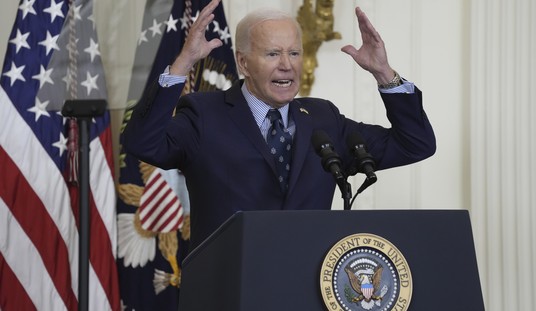In 1984, Singapore instituted a revolutionary idea: a system of compulsory saving for medical expenses. That was the same year my colleagues and I at the National Center for Policy Analysis introduced the idea of Health Savings Accounts in this country.
After almost three decades, Singapore has now come to the attention of a lot others, including a book by Brookings, and a whole slew of posts by bloggers.
At the risk of disappointing you, Singapore does not have a free market for health care. What it does have is an alternative to the European/American welfare state, in which private saving and private insurance do what employers and governments do in other countries. The Singapore philosophy is:
• Each generation should pay its own way.
• Each family should pay its own way.
• Each individual should pay his own way.
• Only after passing through these three filters, should anyone turn to the government for help.
If the United States adopted a similar approach to public policy, there would be no deficit problem in this country.
How the system works. In Singapore, people are required to save for health care, retirement income and other needs. They can use their forced saving to purchase a home, pay education expenses, and purchase life insurance and disability insurance. For individuals up to age 50, the required saving rate is 36% of income (nominally divided: 20% from the employee and 16% from the employer). Of this amount, 7 percentage points is for health care and is deposited into a Medisave account. Individuals are also automatically enrolled in catastrophic health insurance, although they can opt out.
Recommended
Self-insurance. A controversial issue both in the United States and in Singapore is: can individuals be counted on to manage some of their own health care dollars in a responsible way or does health care work better if all the dollars are controlled by insurance companies, employers or the government? After three decades of experience, Singapore has shown the world that individual self-insurance works and it works well.
Incentives to control spending.There has been some argument about whether Medisave accounts have reduced overall health care spending in Singapore. On the one hand, anytime you force people to save for a consumption item and the savings rate for a lot of them is higher than what they were previously spending, total spending is going to go up. But, money in the accounts belongs to the account holder and anything not spent in the current period rolls over and is available for future spending. So, compared to taxing people and giving the revenue to insurance companies to pay for first-dollar coverage, spending in Singapore is definitely lower than it would have been.
A shift from the public to the private sector.The most important thing Singapore has accomplished in health care (in contrast to all the other developed countries) is an enormous shift of money and power from the government to the private sector. Since 1984, the Singaporean government's share of the nation's total health care expenditure dropped from about 50% to 20%. When you stop to think about it, that's incredible.
A different approach to social welfare. The most important feature of Singapore's overall approach to social welfare is that the country has found a rational way to provide services that are provided by ill-conceived social insurance programs in the rest of the developed world. As is well known, programs for the elderly have devolved into little more than legalized Ponzi schemes in the United States and throughout Europe. Governments everywhere have made promises of benefits they were unwilling to fund. So now they must either default on those promises or impose draconian taxes on the productive sector. Singapore has avoided that problem.

























Join the conversation as a VIP Member